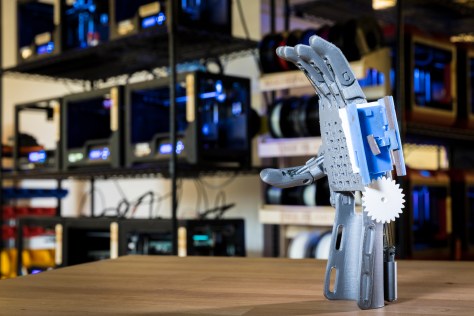Academic success and promotion are heavily influenced by publication record. In many fields, including computer science, multi-author papers are the norm. Evidence from other fields shows that norms for ordering author names can influence the assignment of credit. We interviewed 38 students and faculty in human- computer interaction (HCI) and machine learning (ML) at two institutions to determine factors related to assignment of author order in collaborative publication in the field of computer science. We found that women were concerned with author order earlier in the process:

Interview outcomes informed metrics for our bibliometric analysis of gender and collaboration in papers published between 1996 and 2016 in three top HCI and ML conferences. We found expected results overall — being the most junior author increased the likelihood of first authorship, while being the most senior author increased the likelihood of last authorship. However, these effects disappeared or even reversed for women authors:

Based on our findings, we make recommendations for assignment of credit in multi-author papers and interpretation of author order, particularly with respect to how these factors affect women.







 The absence of tactile cues such as keys and buttons makes touchscreens difficult to navigate for people with visual impairments. Increasing tactile feedback and tangible interaction on touchscreens can improve their accessibility. However, prior solutions have either required hardware customization or provided limited functionality with static overlays. In addition, the investigation of tactile solutions for large touchscreens may not address the challenges on mobile devices. We therefore present Interactiles, a low-cost, portable, and unpowered system that enhances tactile interaction on Android touchscreen phones. Interactiles consists of 3D-printed hardware interfaces and software that maps interaction with that hardware to manipulation of a mobile app. The system is compatible with the built-in screen reader without requiring modification of existing mobile apps. We describe the design and implementation of Interactiles, and we evaluate its improvement in task performance and the user experience it enables with people who are blind or have low vision.
The absence of tactile cues such as keys and buttons makes touchscreens difficult to navigate for people with visual impairments. Increasing tactile feedback and tangible interaction on touchscreens can improve their accessibility. However, prior solutions have either required hardware customization or provided limited functionality with static overlays. In addition, the investigation of tactile solutions for large touchscreens may not address the challenges on mobile devices. We therefore present Interactiles, a low-cost, portable, and unpowered system that enhances tactile interaction on Android touchscreen phones. Interactiles consists of 3D-printed hardware interfaces and software that maps interaction with that hardware to manipulation of a mobile app. The system is compatible with the built-in screen reader without requiring modification of existing mobile apps. We describe the design and implementation of Interactiles, and we evaluate its improvement in task performance and the user experience it enables with people who are blind or have low vision.

























